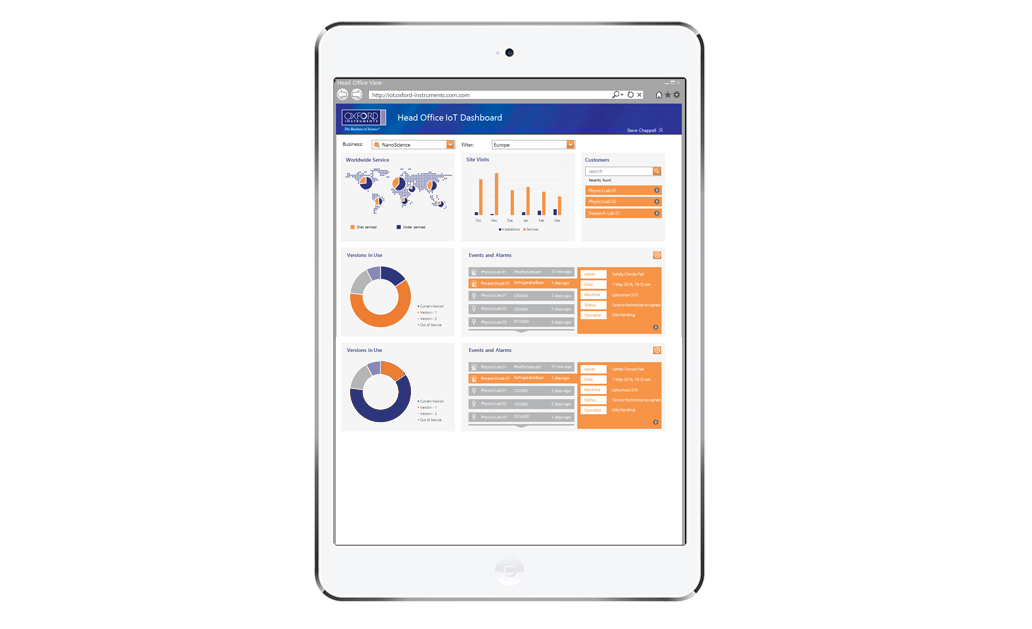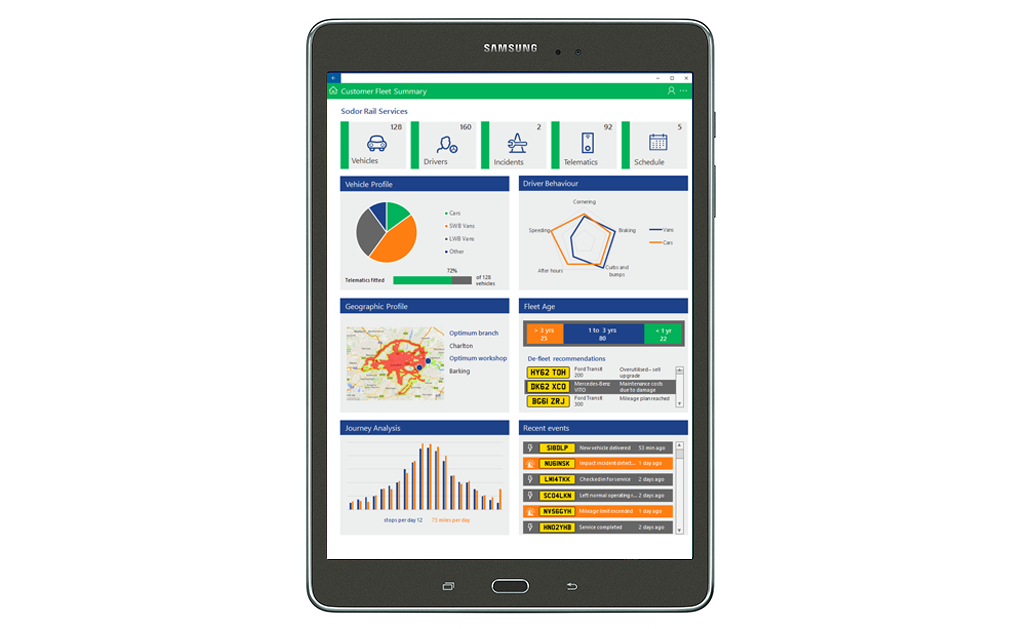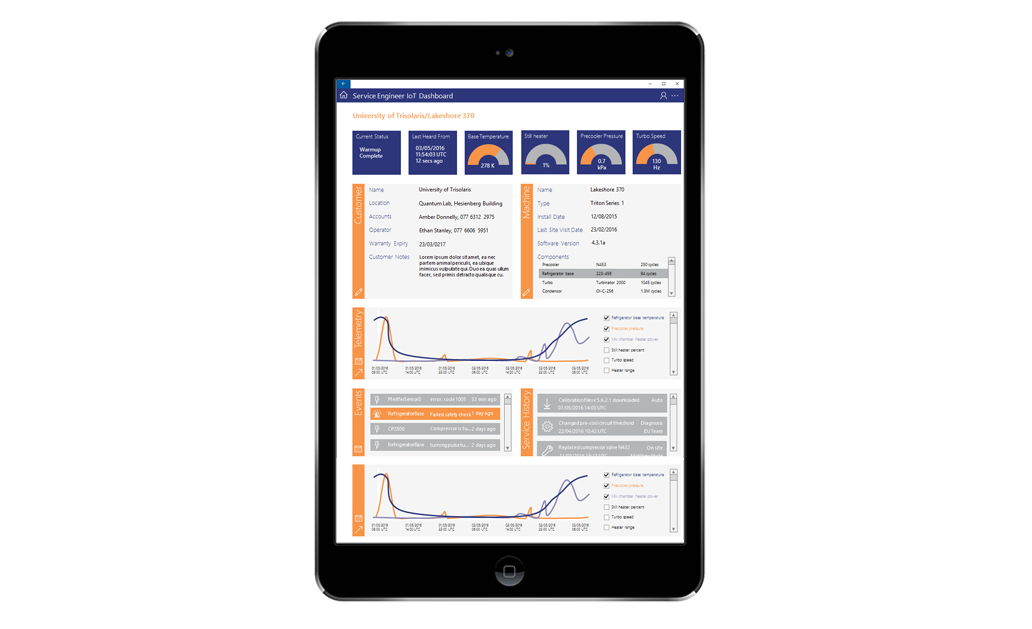The rise of IoT has been driven by three things. The availability of platform infrastructure to process and store data, the availability of low-cost devices to gather data, and the ubiquity of connectivity to transmit data from the devices to the platform services. The software industry has largely concerned itself with the former - building the back-end services while largely ignoring the devices.
Modern IoT platforms have been rapidly assembled on the back of mature technologies and knowledge. Public cloud platforms are good places to store and process data cheaply. Certain technologies, such as complex event processing, which have been used for decades in the financial industry, lend themselves to processing of device telemetry. Big data analytics is perfectly suited to the analysis of large amounts of IoT data. With IoT, machine learning has an opportunity to gather large amounts of data for models and have a practical and significant impact on business. This means that IoT platforms, which appear to be fairly new, are based on proven technology and ready to process IoT data.
Putting devices into industrial machines, in the form of sensors, actuators, microcontrollers, and communications interfaces, has been in place for decades, and we are reminded that the hardware industry has been doing a form of IoT for a long time. From simple programmable logic controllers inside a single machine to factories with complex systems, existing suppliers and specialists are intimately familiar with the relationship between the physical world and the software world.
Bridging the existing physical world (the ‘things’), with the capability of modern software and connectivity (the ‘Internet of’), was never going to be simple and is, indeed, where the opportunity of IoT exists. OT (Operational Technology) and IT (Information Technology) need to move closer together. OT can learn from IT in areas such as security, where OT has traditionally used physical network isolation as a method to secure systems. IT has a lot to learn from OT such as making products that are reliable and safe, or performing firmware upgrades of devices in the field. A lot of progress had been made and standards, or at least agreed practices, are emerging for device identity, encryption, communications protocols, device management, and other important aspects.
It makes sense to business that since IoT platforms are ‘ready’ and a mature hardware industry exists that rolling out an IoT programme, while not easy, should be simple. Businesses are finding the opposite, where devices either do not exist or are tied to a (mostly legacy) proprietary stack that is too rigid for their needs. This creates a sense of disillusionment, where the real possibilities of IoT, which may be well understood, cannot be unlocked because of a never-ending series of technical issues, incumbent suppliers, and narrow (or non-existent) skills. IoT proof-of-concept projects start off with energy and enthusiasm, and a limited budget and timeframe to make their case. They become mired in hardware supply-chain issues, integration problems, and spiralling costs before a single measurement appears on a business users’ dashboard.
Bluespectra exists to bridge the gap between the physical hardware world and the IoT platforms with a specific objective to reduce the time, effort, and cost needed to get the first 100 devices out into the field. By including Bluespectra, businesses get a much better handle on hardware issues early on in the project, so that they can plan accordingly, and are helped to make the necessary adjustments in order to get initial devices developed and installed. By doing this, they have a shorter time to an end-to-end IoT implementation that can form the basis for further assessment and rollout.









